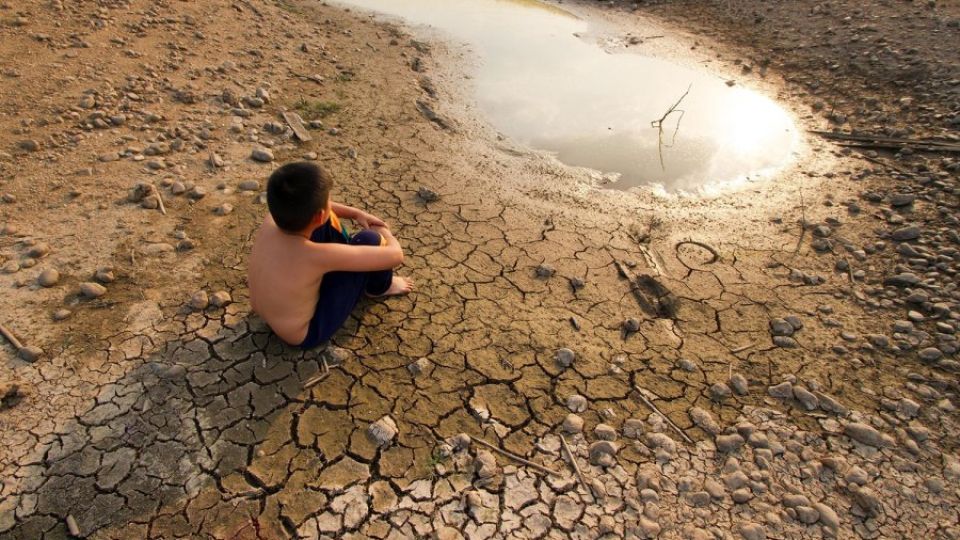February 18, 2025
ISLAMABAD – PRIME Minister Shehbaz Sharif’s recent appeal for climate finance at the World Governments Summit in the UAE underscores a critical challenge Pakistan faces: bridging the enormous gap between climate funding needs and available resources.
The unfortunate reality is that Pakistan requires $40-50bn annually for climate adaptation and mitigation, yet receives merely $1.5-2bn from international sources. This disparity demands urgent attention, particularly given Pakistan’s position as one of the world’s most climate-vulnerable nations despite minimal contribution to global emissions.
The floods of 2022 serve as a haunting reminder of our vulnerability, having submerged a third of the country, affected 33m people, and caused $30bn in economic losses. With Pakistan projected to lose over 6pc of its GDP annually to climate-related damages, the need for substantial climate finance cannot be overstated.
That Pakistan’s energy transition alone requires $100bn in investment highlights the extent of the challenge. However, the international climate finance architecture remains flawed.
Our limited access to the Green Climate Fund, securing only $250m compared to India’s $782m and Bangladesh’s $441m, reflects systemic barriers that climate-vulnerable nations face. Complex approval processes, stringent credit ratings, and high borrowing costs continue to direct climate finance towards lower-risk projects in developed economies rather than where it is most urgently needed.
The way forward requires action on both international and domestic fronts. Globally, multilateral institutions must reform their frameworks to ensure equitable access to climate finance for vulnerable nations. The Loss and Damage Fund, while promising, needs streamlined mechanisms for accessibility. Global bodies must recognise that climate finance is not charity but a matter of climate justice.
At home, Pakistan must boost its institutional capacity to develop bankable climate projects. Our commitment to producing 60pc clean energy by 2030 and converting 30pc of vehicles to electric needs to be backed by action plans that can attract both public and private investment. Creating an enabling regulatory environment through targeted incentives, mandatory climate risk disclosures, and public-private partnerships is essential.
Pakistan must also prioritise financial innovation, exploring blended finance models, green bonds, and parametric insurance schemes. Developing specialised expertise in climate finance and technology, while fostering coordination between federal and provincial levels, will be crucial for effective fund utilisation.
The international community must match its pledges with action, while Pakistan needs to demonstrate its readiness to manage climate finance effectively.


